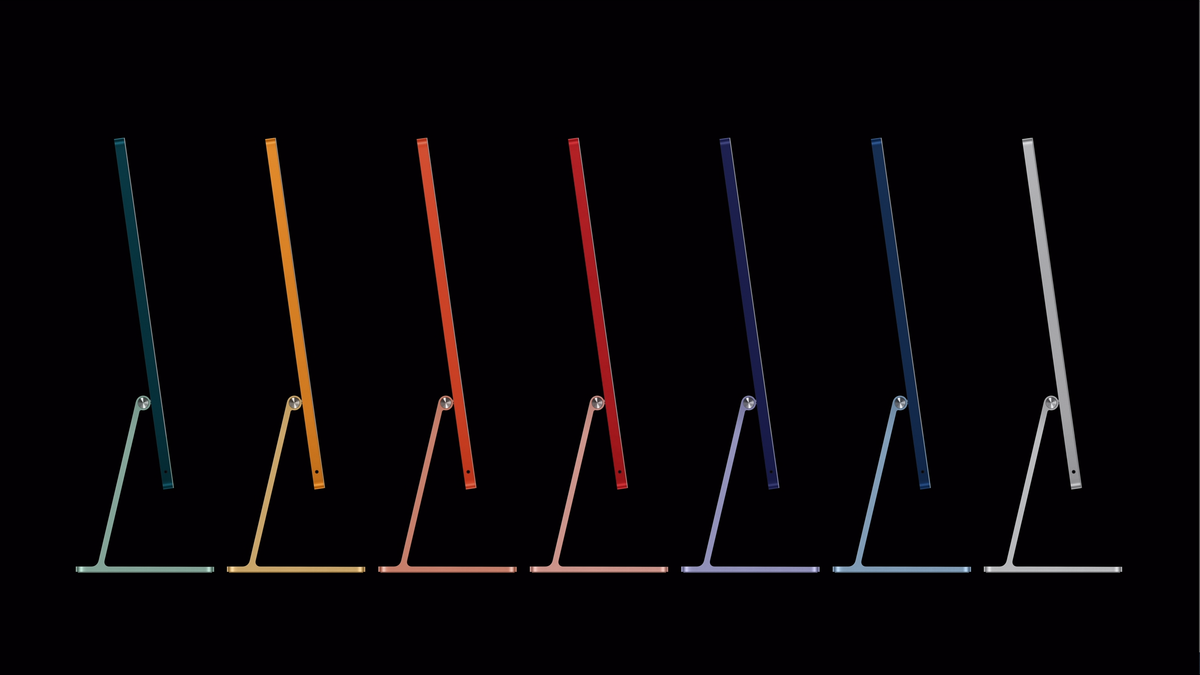In a surprising turn of events, Apple’s October event, possibly named ‘Scary Fast’ to match the Halloween spirit, showcased the reintroduction of the 24-inch iMac, now equipped with the M3 chip for improved performance. However, the decision to continue using the Lightning port for the peripherals left some consumers perplexed, especially considering Apple’s push for USB-C adoption.
Despite the widespread shift towards USB-C in Apple’s product lineup, including the iPhone 15, iPad, AirPods Pro, and Apple Pencil, the new M3 iMac still relies on the Lightning port for pairing and charging its peripherals. This decision is particularly puzzling, given the company’s efforts to embrace the more universal USB-C port across its devices.
As a dedicated user of the Apple ecosystem, the persistence of the Lightning port in the new M3 iMac was not what I expected. The reliance on outdated ports for essential accessories like the Magic Mouse, Magic Keyboard, and Magic Trackpad seems out of touch with the industry’s move towards USB-C connectivity. The incongruity of having to maintain two sets of cables – Lightning for some accessories and USB-C for others – is certainly not in line with the level of innovation expected from Apple.
The shift to USB-C for iPhones led many to believe that Apple would finally retire the Lightning port altogether. However, the unexpected inclusion of the port in the new M3 iMac accessories raises questions about the company’s strategic decisions. Whether this move is driven by supply chain logistics or other factors remains unclear, but it presents a potential inconvenience for consumers hoping for a seamless transition to USB-C across all Apple products.
For those considering the new M3 iMac, be prepared to juggle two different cable standards – a noticeable departure from the expected convergence towards USB-C. With the long-awaited update to the iMac, users had hoped for a complete transition to the more versatile port. However, the inclusion of the Lightning port suggests that the wait for USB-C compatibility may extend beyond the current iteration.
In conclusion, Apple’s decision to retain the Lightning port for the new M3 iMac’s accessories has puzzled and inconvenienced some users eagerly anticipating a complete transition to USB-C. As the industry moves towards standardized connectivity, the persistence of outdated ports seems out of step with expectations.

I have over 10 years of experience in the cryptocurrency industry and I have been on the list of the top authors on LinkedIn for the past 5 years.

